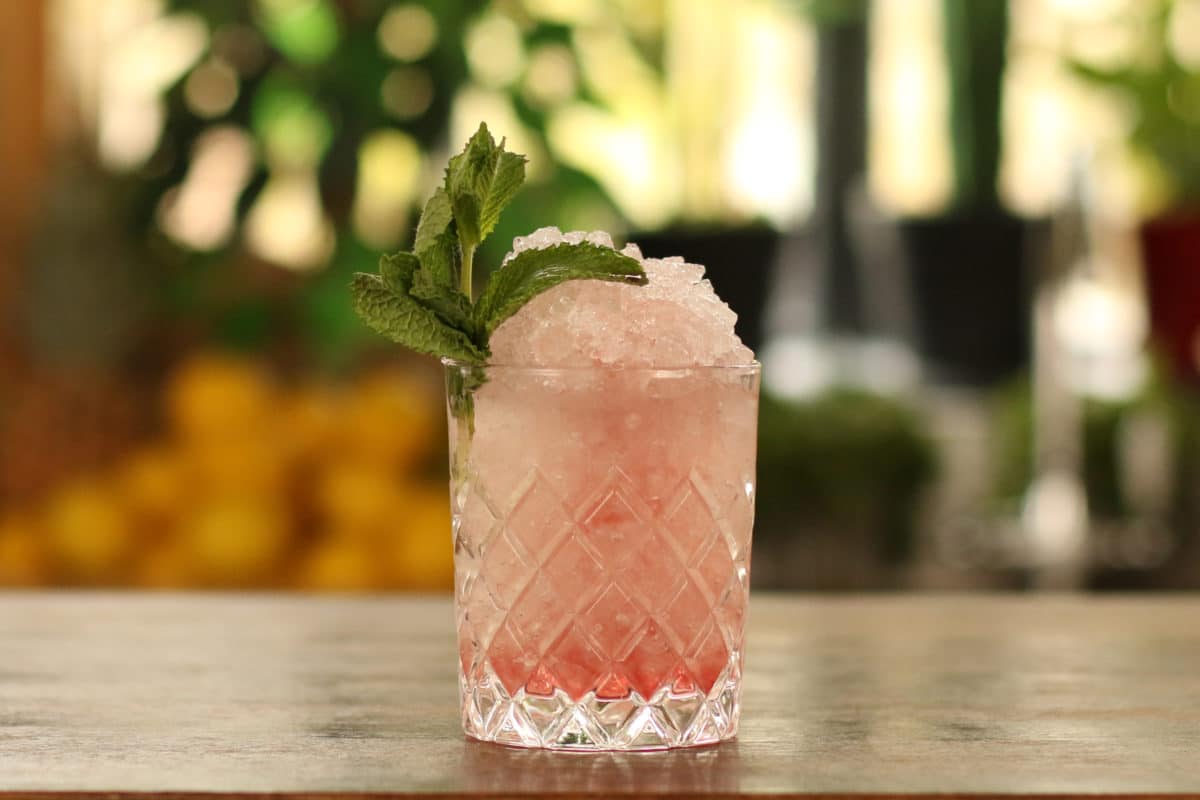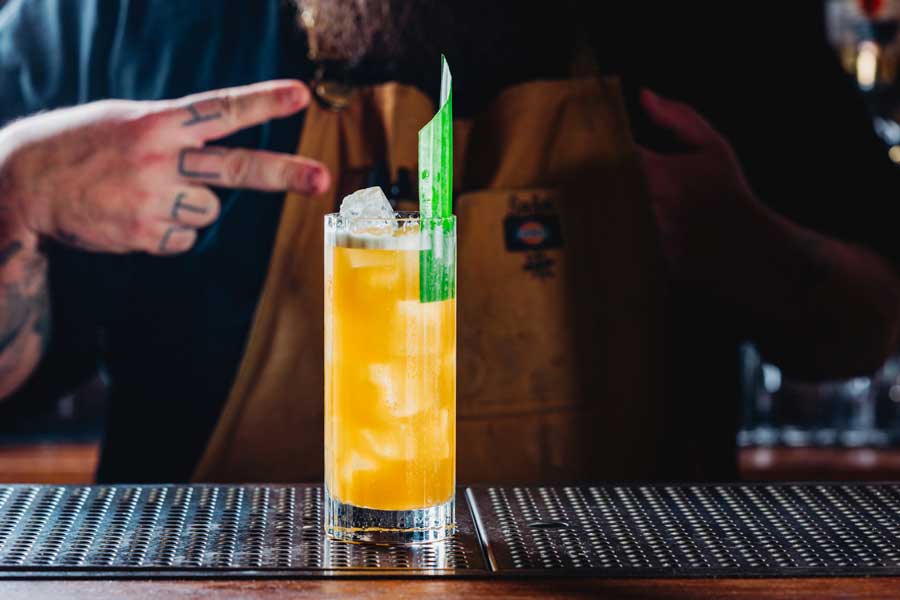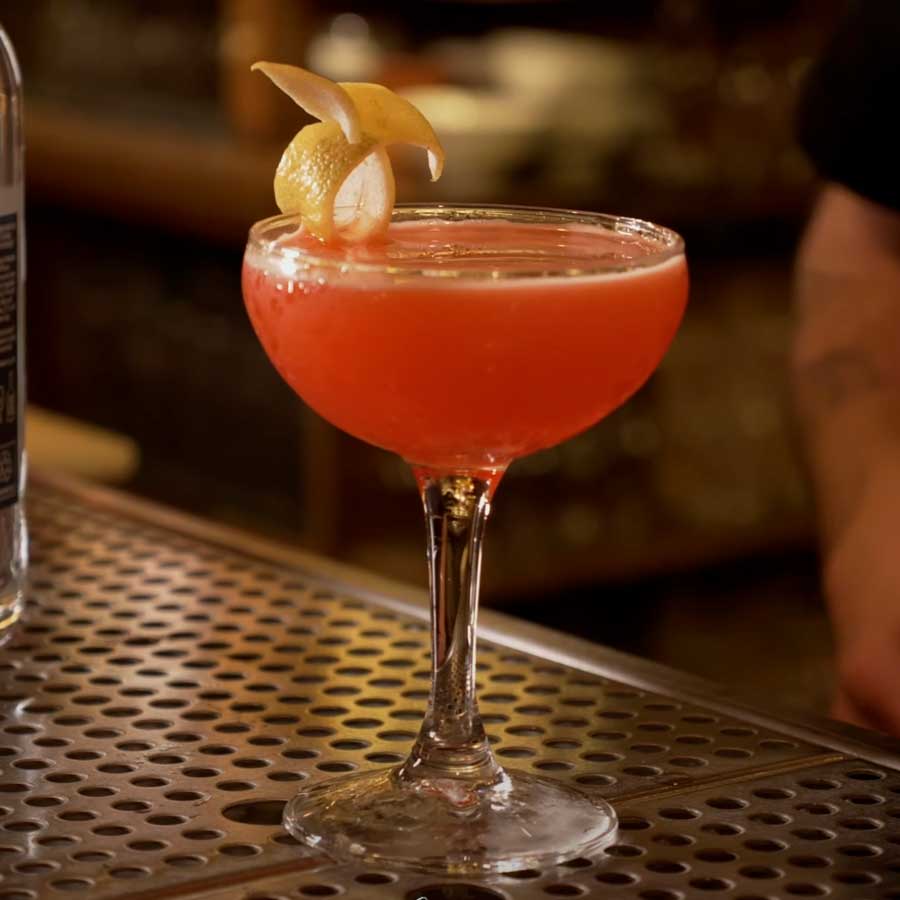How to make ...
Baijiu Zombie


After a period in the doldrums, Tiki cocktails are making a comeback. This long, refreshing Tiki inspired cocktail uses a clear Chinese spirit made from sorghum.
Ingredients
40 ml Ming River Sichuan Baijiu
20 ml Raspberry syrup
25 ml Lemon juice
50 ml Pineapple juice
20 ml Campari
3 Dashes chocolate bitters
Garnish with lime and mint
Times:
Prep: 2 Minutes
Make: 30 Seconds
Total: 2 Minutes and 30 Seconds
Calories:
299 calories
Allergens:
No common allergens to be found, although, since every body is different, we advise you check out this recipe's ingredients list just to be sure!
Servings:
Serves 1
Method
Take your Boston glass or small tin and, using your jigger to measure, add the Ming River Sichuan Baijiu, raspberry syrup, lemon juice, pineapple juice and Campari, then dash in the chocolate bitters
Fill your shaker with cubed ice and seal using your Boston tin or lid.
Shake vigorously for 10-15 seconds or until your tin is very cold. Fill your highball or hurricane glass almost to the top with crushed ice
Using your Hawthorne strainer, strain your cocktail into your glass, over the crushed ice.
Cap with a small pile of crushed ice, using your hand to form it into a dome and garnish with a fresh mint sprig and a wedge of lime.
Serve and enjoy!
Equipment
History
Baijiu (pronounced bye-j’yo) means “white spirits” in Mandarin. It is a diverse drinks category that includes all traditional Chinese grain spirits. Most baijiu is distilled from sorghum, but it can also be made from other crops. The techniques deployed in baijiu production vary greatly by region and style, and different styles of baijiu can be as distinct as whiskey is to tequila.
The secret ingredient in baijiu is qu (pronounced “chew”), a naturally harvested culture of airborne yeasts and other microorganisms. It makes the taste and scent of every baijiu highly specific to the place it was created. Qu also allows Chinese distillers to ferment and distil grains in a solid-state, which creates incredible complexity of flavor.



